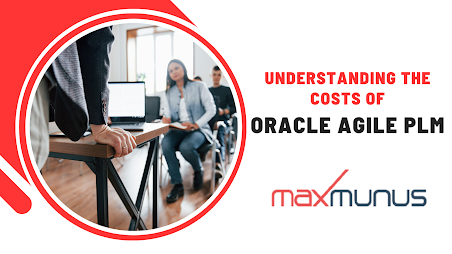DRM vs EDMCS Online Training

Introduction In the ever-evolving world of data management, organizations are faced with complex challenges related to data governance, consistency, and accuracy. Two powerful tools offered by Oracle to tackle these challenges are Data Relationship Management (DRM) and Enterprise Data Management Cloud Service (EDMCS). This article aims to shed light on the key differences between these two solutions, helping you understand which one suits your needs better. Whether you're considering Oracle EDMCS Training through MaxMunus or exploring corporate training options, this comparison will provide valuable insights. Understanding DRM and EDMCS Before diving into the differences, let's briefly define DRM and EDMCS. Data Relationship Management (DRM): DRM is an on-premises master data management solution by Oracle. It focuses on creating a centralized repository for managing and governing master data, such as hierarchies, reference data, and metadata. DRM is primarily used to mainta
%20A%20Comprehensive%20Guide.png)

